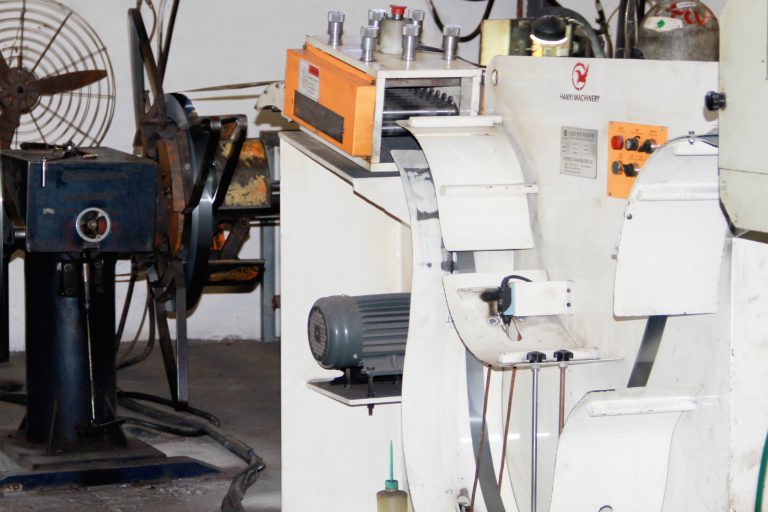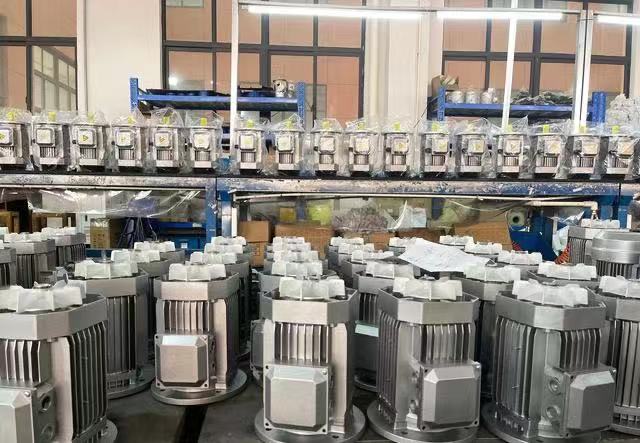Electric motors are ubiquitous in our modern world, powering everything from household appliances to industrial machinery. At the core of these motors lies a crucial component – the stator and rotor assembly. In this article, we’ll delve into the intricacies of stator and rotor assembly, understanding their roles, materials used, and the collaborative dance that propels motors into action.
Table of Contents
Understanding the Basics
Before we unravel the complexities, let’s define our protagonists. The stator is the stationary part of the motor, while the rotor is the dynamic, rotating force. Together, they form the backbone of electric motor functionality.
Stator: The Static Component
The stator, as the name suggests, remains static, playing a pivotal role in motor stability. Constructed from materials like copper and steel, the stator provides the necessary magnetic field for motor operation. Its stationary nature contributes to the overall efficiency of the motor.
Rotor: The Dynamic Force
Contrastingly, the rotor is the dynamic counterpart. This section explores the various types of rotors and their impact on motor performance. From squirrel-cage rotors to wound rotors, each design influences how energy is converted within the motor.
Working in Harmony
Understanding the synergy between the stator and rotor is crucial. Their collaborative effort determines the efficiency and effectiveness of the motor. We’ll explore how these two components work seamlessly to convert electrical energy into mechanical motion.
Materials Matter
The selection of materials in stator and rotor assembly is paramount. This section provides an in-depth analysis of the materials used, their properties, and the implications for motor efficiency and longevity.
Types of Electric Motors
Electric motors come in various types, each with unique applications. Here, we’ll discuss how stator and rotor assemblies differ across motor types, emphasizing the adaptability and versatility of these components.
Assembly Process
Ever wondered how these vital components come together? We’ll walk you through the step-by-step process of stator and rotor assembly, shedding light on the precision and care involved.
Challenges in Stator and Rotor Assembly
No process is without its challenges. From alignment issues to material constraints, we’ll highlight common hurdles in assembly and provide insights into overcoming them.
Innovations in Stator and Rotor Design
As technology advances, so does the art of assembly. This section explores recent innovations in stator and rotor design, showcasing how cutting-edge techniques are enhancing motor performance.
Applications Beyond Motors
The reach of stator and rotor assemblies extends beyond traditional electric motors. We’ll explore industries and applications where these components play a pivotal role.
Environmental Considerations
In an era of heightened environmental awareness, we’ll discuss how the materials used in stator and rotor assembly impact the planet. Additionally, we’ll explore sustainable practices in assembly processes.
Future Trends in Assembly Technology
What does the future hold for stator and rotor assembly? This section delves into predictions and emerging technologies that are shaping the future of this critical component.
Conclusion
In conclusion, the stator and rotor assembly stand as the unsung heroes of electric motors. Their seamless collaboration, precision in design, and adaptability across industries make them indispensable. As we continue to witness advancements in technology, these components will undoubtedly play a crucial role in shaping the future of motor-driven machinery.
FAQs
- What is the primary function of the stator in an electric motor?
- The stator provides a stationary magnetic field crucial for motor operation.
- How does the rotor impact motor performance?
- The rotor’s design influences how energy is converted within the motor, affecting its efficiency.
- Are there sustainable practices in stator and rotor assembly?
- Yes, advancements are being made to incorporate eco-friendly materials and processes in assembly.
- What are the common challenges in stator and rotor alignment?
- Aligning the stator and rotor can face issues like precision alignment and material constraints.
- Can stator and rotor assemblies be used in applications beyond electric motors?
- Yes, these components find applications in various industries, showcasing their versatility.
Get Access Now:https://wxyouwei.com/youwei-model-factory/


